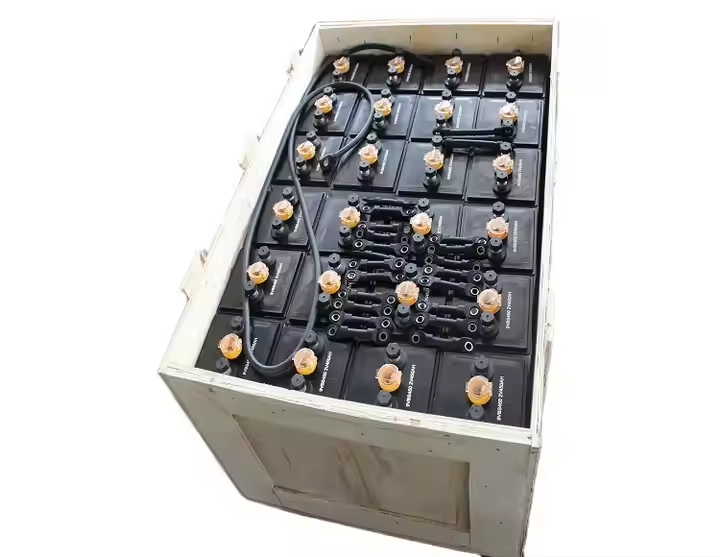In digital design and photography, extending image dimensions seamlessly is a game-changer. AI tools like Adobe Photoshop’s AI image extender make it easier than ever to enlarge images or expand backgrounds without losing quality or consistency. These tools allow professionals and hobbyists to create more dynamic and versatile images. However, to achieve the best results, specific guidelines should be followed. This article outlines key considerations for effectively using AI to extend image dimensions.
1. Start with High-Quality Images
The quality of the original image is the foundation of any successful image extension. The better the starting point, the smoother the extension process will be.
- Resolution Matters: High-resolution images provide more data for the AI to work with, resulting in a more accurate and seamless extension.
- Clear and Detailed Images: Ensure the original image is clear and free of noise or distortion. AI tools work best when the input is clean and detailed, allowing them to replicate and extend patterns or textures effectively.
2. Understand the Tool’s Capabilities and Limitations
While AI tools like the AI photo extender are powerful, they are not infallible. Understanding the capabilities and limitations of the tool is crucial for achieving the desired outcome.
- Effective Use Cases: AI extends backgrounds, fills in simple patterns, and replicates textures. Use it for tasks where these strengths will shine.
- Recognize Limitations: Complex scenes with intricate details or overlapping elements may challenge AI tools. In such cases, manual adjustments might be necessary to refine the results.
3. Make Incremental Adjustments
When using AI to extend image dimensions, it’s often best to work incrementally rather than making large extensions simultaneously.
- Small Steps First: Start by extending the image in small increments. This allows you to assess the quality of the extension and make any necessary adjustments before proceeding further.
- Layering Techniques: Consider using layers to build the extension gradually. This method gives you more control over the process and makes it easier to undo or modify specific changes.
4. Review and Refine the Extended Areas
After using the AI photo extender, it’s important to carefully review the extended areas to ensure they blend seamlessly with the original image.
- Check for Artifacts: AI-generated extensions may sometimes produce artifacts or irregularities. Thoroughly inspect the extended areas and use manual editing tools to clean up any issues.
- Color and Lighting Consistency: Ensure that the extended areas match the original image regarding color and lighting. This helps maintain a cohesive look throughout the image.
5. Save Different Versions
When working with AI-driven extensions, saving multiple versions of your work at different stages is a good practice.
- Backup Original Files: Keep a copy of the original, unaltered image. This allows you to start over if the extension process doesn’t go as planned.
- Version Control: Save different versions as you make progress. This allows you to revert to an earlier stage without losing significant work.
Adobe states, “Sometimes the canvas you’re working with just isn’t the right size — you need space to add text or want to transform a landscape into a portrait. With the Crop tool and Generative Expand, an AI image extender powered by Adobe Firefly, you can seamlessly resize your image to fit any need.”
AI tools like the AI image extender can greatly enhance your ability to create dynamic and flexible images. By following these guidelines—starting with high-quality images, understanding the tool’s capabilities, making incremental adjustments, reviewing the extended areas, and saving different versions—you can ensure that your image extensions are seamless and professional. As AI technology advances, mastering these techniques will allow you to stay ahead in the ever-evolving digital design and photography field. With careful application and attention to detail, AI-powered tools can transform your creative process and elevate the quality of your work.




